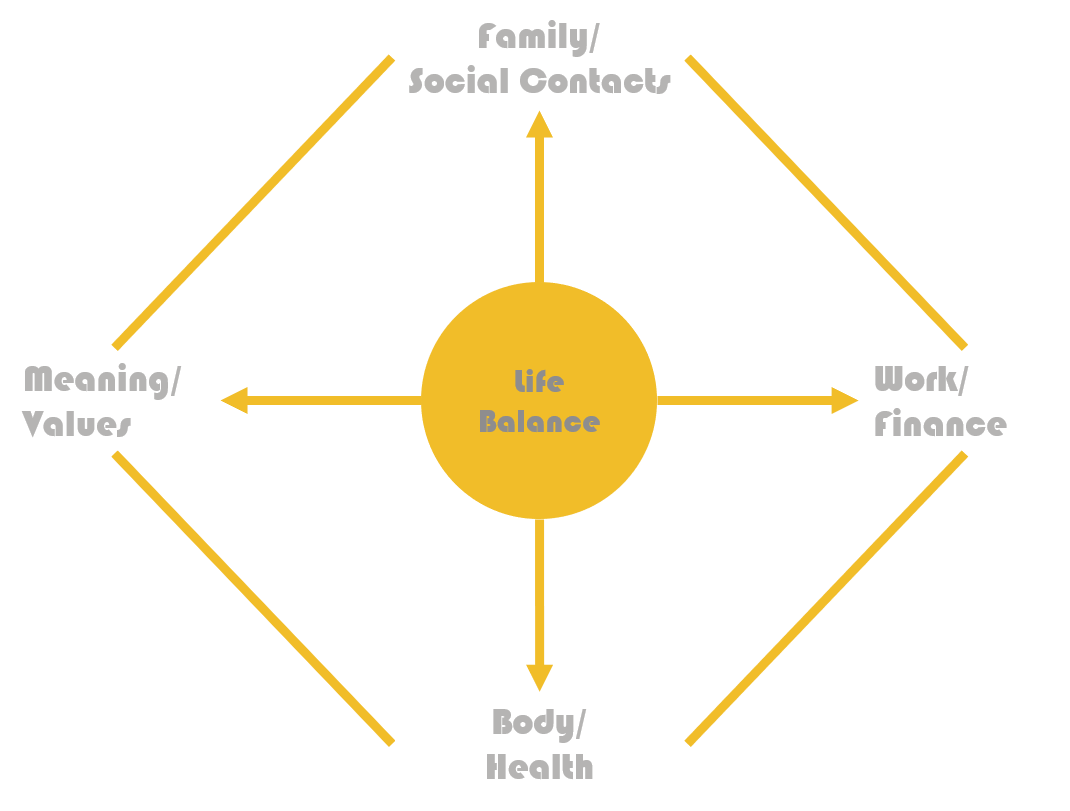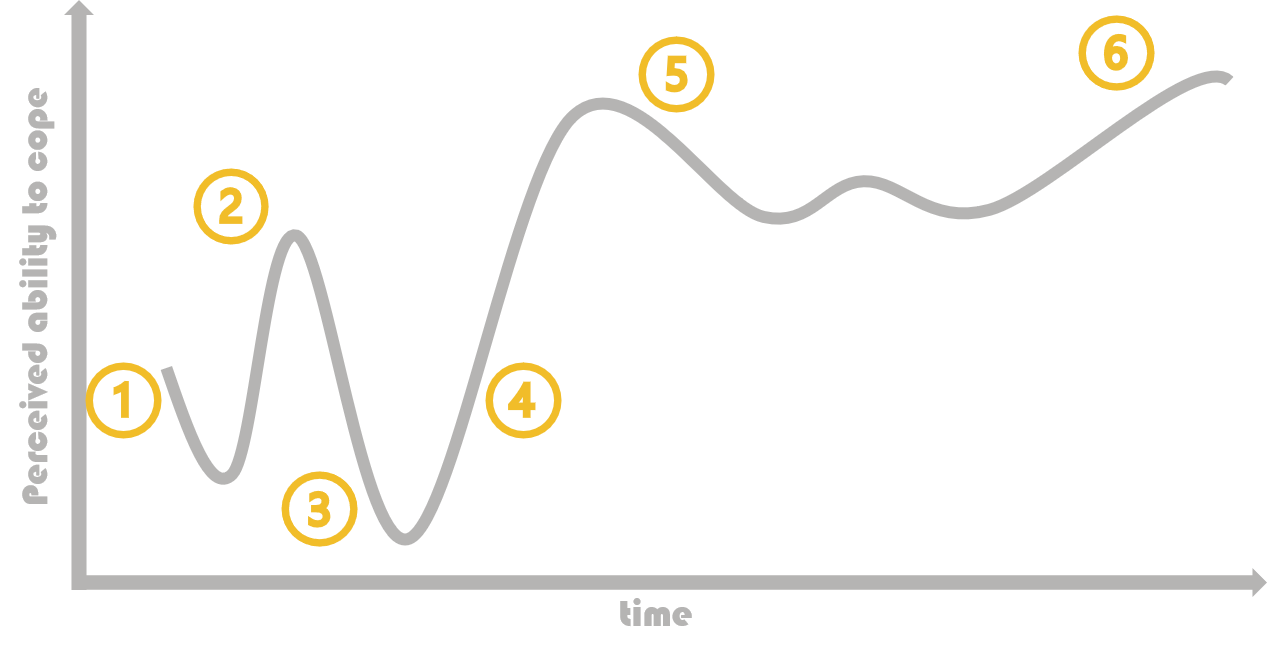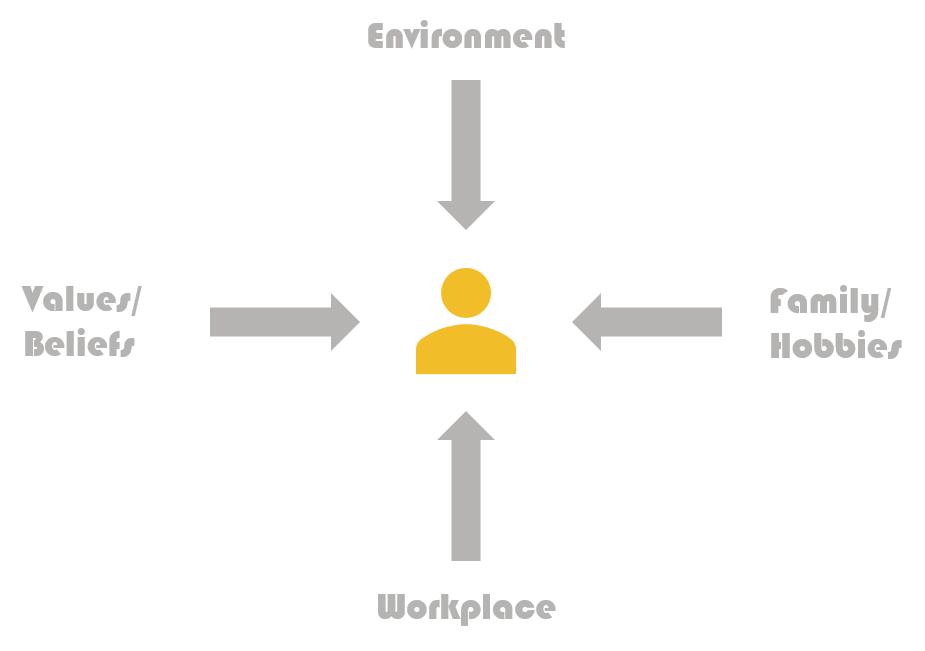What you can expect
What others say about me
The STRONG Model
With the STRONG model, you can take your life into your own hands and make yourself fit for life’s adventures!
You can find out more about the STRONG model here:Burnout prevention – A 5 Step plan
What I offer you
Why I became a Life Coach
You’re wondering what prompted me to become a life coach? After all, I have a full-time job?! Then you’ll find out here how I came to have a second job.
My story in 3 chapters:
- One door closes and another opens
- The realization
- The maturing process

Here are some posts on burnout
Generation Z and Burnout
Generation Z and Burnout: How Employers Can Help The [...]
Is burn-out just a trend?
Is burn-out just a trend? Here I would like to take the answer [...]
The 3 phases of burnout and burnout symptoms
The 3 phases of burnout and burnout symptoms In the WHO description, the [...]
Here are some of my personal learnings
Always on
Always on: reachable for everybody everywhere, whatever you are doing? My office is [...]
Saying no is not that hard
l learned that saying no is not that hard not on an easy route, [...]
Pisco Sour of Life
I love to bring together my travel experience with every thing else. This is [...]
What you always wanted to know about online Life Coaching
One thing is clear here and that is that a burn-out does not occur overnight, but over a longer period of time, sometimes even years. Otherwise, there are many possible factors that promote burn-out.
If one follows the opinion of the WHO, burn-out only develops at the workplace, through the external stress there. But there are also other factors that play a big role here. And often it is not only an external stress, but this is still strengthened by internal factors.
A Life Coach will help you to take a good look at your life and see all the good things as well as work with you on the topics you would like to improve. He will help you to see the strength you have, the resources you can build on and change the perspective on some things.
Here, one can particularly highlight 3 groups of people. What all three groups have in common is that they are people who are highly self-motivated and want to achieve a lot on their own initiative. Only the motives are different.
Group 1: Perfectionists
In this group we find people who are very ambitious and committed to the tasks assigned to them and who want to get it right down to the last dot.
Group 2: Performance-oriented people
This group consists of very determined, dynamic people. They like to exert themselves and often enjoy doing so. However, if there is a lack of recognition from outside or if there are failures, this situation can become very stressful. This group also needs a certain amount of freedom to pursue their goals and needs a high degree of self-responsibility.
Group 3: Selfless people
This group approaches things with a lot of idealism. They are often selfless and responsible. They care about the welfare of others above all else. We usually find them in social professions.
These groups certainly do not describe all unambiguously and there are certainly also affected and endangered who have a mixture of the described characteristics, but should also only give an impression.
Life Balance
There is a lot of talk concerning finding your life balance. There is also more than one live balance model out there, but the one I like is from Nossrat Peseschkian.
Learn more
















